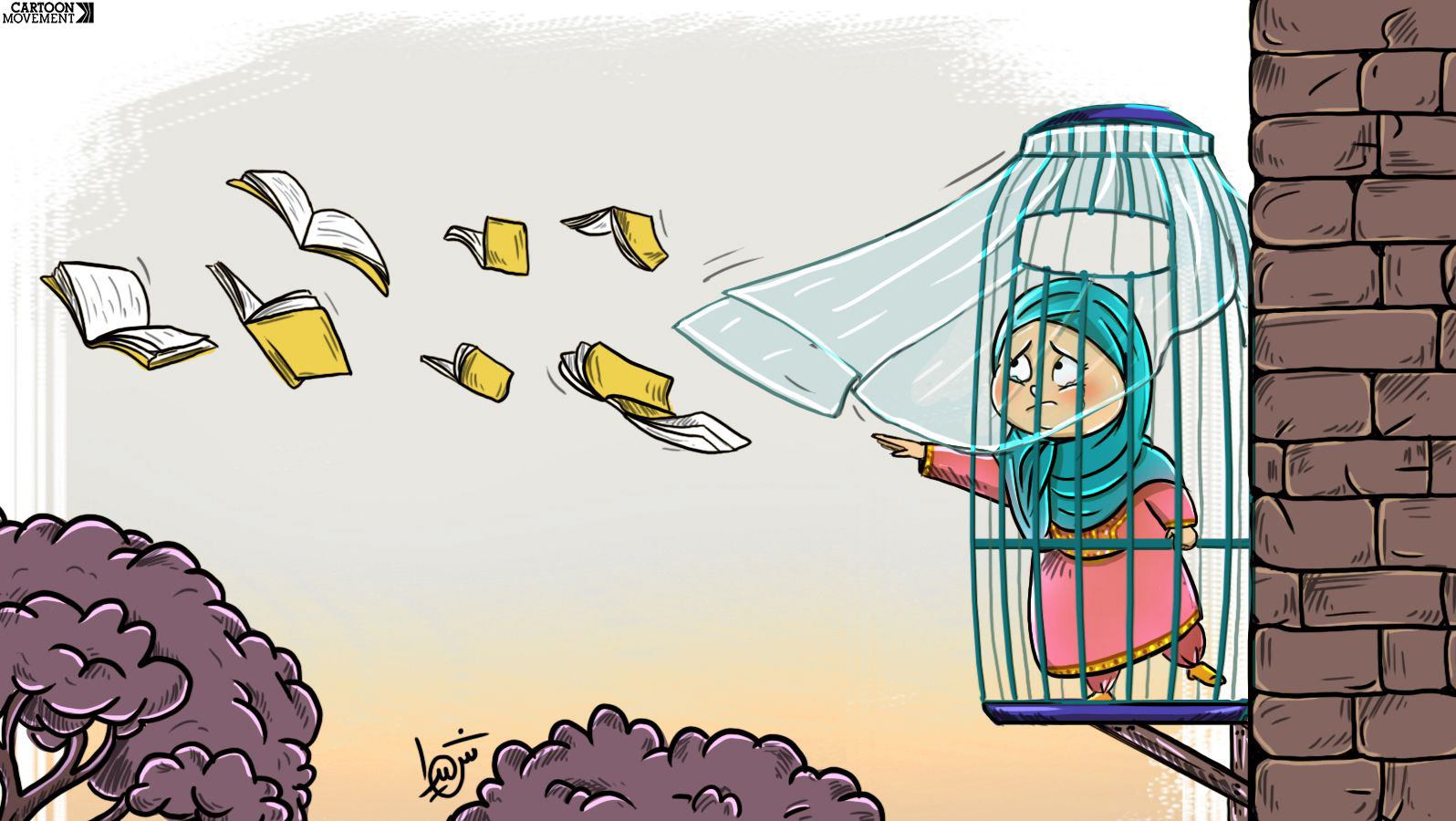1.0 Introduction:
National identity could be divided into ethnic and civic dimensions. Venturing to relate the ethnic dimension with national culture and the civic dimension with language, both related with Hall’s systems and theories of Representation, we argue that both are important for communication, and therefore, for the formation of national identity. For that reason, the constructionist approach of representation fits better with the concept of the nation. At the same time, Industrial Revolutions, and cultural evolutions, cause the constant displacement of meanings, with marginal meanings, becoming central over time. It seems that there no fixed meanings. However, are there are really no fixed meanings in contemporary culture? What about stereotypes? It seems that fixed stereotypes maintain plural Monoculturalism, far off the notion of a dichotomy between multiculturalism and homogenization. Power is one of the causes of plural Monoculturalism. The western myth seems to be maintained and recycled in contemporary media.
2.0 Ethnic and Civic Dimension of National Identity:
National identity is an inclusive definition, encompassing national culture as well as citizenship. The ethnic dimension of national identity includes things such as religion, ancestry, or traditions, while the civic dimension, being able to speak a country’s language, or respecting a country’s laws and institutions (2013, p. 5). Kiss and Park (2013) discuss (fig 1) that 61% of people think of national identity as including both ethnic and civic aspects, with about one-third thinking of national identity only as of the civic dimension. Even if, over the years, the importance of the ethnic aspect declines (app.1), as new generations are more open-minded concerning that matter, ethnic identity is still considered highly important. We can, therefore, say that to be considered truly British, one has to form both the civic and the ethnic dimension of national identity. It could be said that these two dimensions constitute also the culture of a nation.
Figure 1: NatCen Social research, (2013), p.6
Culture is the way we make sense of and give meaning to the world. Regarding Hall (1997, 13), ‘we give things meaning by the way we represent them’. Hall divides representation into two systems. The first one is mental representations or conceptual maps and the second one is language. Conceptual maps are the concepts we have in our minds about people, groups of people, material objects, or even abstract things, such as philosophical perspectives. This system of representation could be partly associated with the ethnic dimension of national identity. In this way, unlimited connotations are formed, from the memories of a shared historical experience, which help citizens of the same nation, identify and communicate with each other, ‘interpreting the world in roughly similar ways’ (Hall, 1997, 18). Limiting ourselves to conceptual maps without the involvement of language, we would be talking about the intentional approach of representation, in which meanings depend on the intention of the author.
Even though, the overall essence of culture is communication. Even in the best-case scenario, someone’s meanings are unique, she cannot convey them without entering ‘into the rules, codes and conventions of language’ (Hall, 25). To escape from a self-interest, solipsistic approach, we should compromise and embrace shared linguistic conventions. In this way, the ethnic dimension, the intentional approach, or the mental representations seem not sufficient for national identity.
The second system of representation has to do with the communication of conceptual maps through a shared language. A shared language is represented with ‘signs’. Signs which resemble the actual objects are called ‘visual signs’, whereas signs, which do not have any relation with physical objects are called ‘indexical signs’. Even if language is not reduced to linguistics, as ‘by language…we mean any system of representation- photography, painting, speech, writing…’ (Hall, 13), we see why*1 language is vital in the civic dimension of national identity. Limiting ourselves to the language system of representation, without the involvement of any mental representations, we would be talking about the reflective approach of representation, in which language reflects reality. If language reflected reality, meanings would have been in the objects with the language system, or the civic dimension of national identity, being sufficient for communication.
However, this cannot be true. As conscious beings, we assign meanings to objects, without communicating algorithmically with plain signs. Critical thinking, philosophy, literature, or poetry make us think in more complex ways. Even visual signs are not exactly reflective, for if someone tells me that there is no word for ‘rose’ in her culture, I should explain to her what I mean, by using a mental representation of the rose (Hall, 25). So, it seems that the civic dimension is not sufficient for national identity, for one cannot communicate only with signs.
Both systems of representation and both dimensions of national identity are important. In other words, meanings are not fixed, for they are neither in the objects nor in the authors. Only the constructionist approach to representation, in which meanings are constructed, seems to be sufficient for communication. The first time we compare something with other constructed concepts, it takes meaning from these concepts, analogously. The new meaning gets mapped by extension, or analogy in the infinite chain of meanings. As Hall (p. 22) says, ‘To belong to a culture is to belong roughly to the same conceptual and linguistic universe’. We can say that a large part of our identity lies in our national identity, as it is related to the concepts we have in our minds, as well with the communication we have with other citizens. Even though, over time, with the evolution of technology, culture develops as well. In this way, events subsist in the world as vague agents, without any fixed meaning. As there are no fixed meanings, national identity, as well as, nation appears to be a constructed myth.
3.0 Identity Politics and Nation:
We could say that technology is an essential component as to why the overall vibe of culture shifts from one common conceptual map to another. The last decades, what drives our society in a major degree is information technology, as the way we communicate and gather information changed dramatically. However, authors still lack a consensus on what mediatization is. Some (Hjarvard;) argue that media has become an independent dominant, globalized part of our society, and others (Krotz; Hepp;) that it is just a meta-process, not based on any media logic, operating ‘in different social fields’ (Ampuja, Koivisto & Väliverronen, 2014, 118). In the two ends of the scale, rest cultural homogenization and ‘long-distance nationalism’. (Cunningham, 2001, 137). The former rests on a ‘homogenizing global media culture’ (Cunningham, 2001, 136), while, the latter on multiculturalism, as the dissemination of national, or transnational meanings, can reach citizens of diaspora*2.
What we would say, regarding that, is that ‘long-distance nationalism’ is not much different from plural Monoculturalism. For even, if the media sphere is divided into multiple public sphericules, as Cunningham defines media-content fragmentation, these public sphericules are still interconnected, and based on the Western culture a priori, forming a plural Monoculturalism. As Sen says (2006, 59), ‘it is created an attitudinal climate that is obsessed with the West’. We will back up this argument below.
Independently of the concept of plural Monoculturalism, national movements do not lack from identity politics. Take for example, the Withdrawal Agreement in 2020 (Brexit), with the UK exiting the EU, or the slogan ‘Make America great again’ of Donald Trump. Such nationalist movements are based on the intention of keeping an imaginary national dignity, UK having been shattered by the post-war migration, or Trump showing his nostalgia about the white homeland of the late 19th century (Nguyen, 2019).
When we talk about identity politics, we mean how economy is related with advertising, representation and identification. Hall (1997, 25) discusses that the aim of advertising is ‘to construct an identification between us-the consumers and those meanings’. For instance, the slogan ‘Make America Great again’ makes US citizens identify with it. Such national identification touches the national common meanings, ignoring the other identities of a person, such as class, gender, profession, science or morals (Sen, 2006, 11). But how national culture is maintained in the first place?
It could be said, that a national cultural is usually maintained through some fixed meanings, such as history, for even food, traditions, or styles shift and hybridize with other nations. Fixed meanings are, according to Dyer, ‘stereotypes’, while shifting meanings are ‘types’. Types are the real meanings, we ascribe to people in relation to the different, shifting identities in which they belong. On the other side, stereotypes ‘insist on boundaries exactly at those points where in reality there are none’ (Dyer, 1999). Hall explains that stereotyping forms an imaginative splitting between ‘Us’ and ‘Them’. He continues explaining that this happens, where there are major differences in power. A significant example of this relation between power and stereotyping, is Orientalism*3. According to Said (1978, p.11), European culture produces, through books, congresses, or any academic content the superior connotative meanings of Europe and the inferiority of the Orient. In this way, we could say that power constructs knowledge (Hall, 1997, 261).
To answer our above argument, the Western civilization holds economic power and military dominance, being able to construct knowledge. This is somehow linked to cultural imperialism; the transmission of this knowledge to the South. But, according to Lenin (1917), cultural imperialism at the highest-level equals with global capitalism
What we would, therefore, say is that fixed meanings are usually stereotypes. These stereotypes maintain plural Monoculturalism, far off homogenization, or multiculturalism. When I fight with my sister, I feel right until I hear her position. Once we discuss everything, I do not see any shed of light in my prior truthful evaluation. The fixed meanings of me being right disappeared by examining the truth of that two-sided event. My perspective was not false, but the truth included both perspectives. The same happens with West and non-west history. To maintain a west and non-West historical dichotomy would be very odd (Sen, 2006, 41). We should instead merge the two historical perspectives. A deviated account of knowledge can be constructed by omitting to mention various, negative facts about a nation or rational explanations about other ‘groups’ which would lower the propriety of that nation, or by exaggerating other positive facts.
A content analysis of news coverage in eight European countries in 2015, by Chouliaraki & Zaborowski (2017, 620) (fig.2), demonstrates that of 1,200 articles data-bank, 66% of quotes in the news were from national politicians or EU Representatives, in comparison with 16% of quotes from immigrants or refugees. The news marginalize and silence ‘the experiences, the emotions and testimonies’ of refugees (p.622), while neglecting to give explanations as to why refugees had to abandon their houses. For example, ‘49.4% of all articles mentioned either none or only unclear underlying reasons behind the refugee inflow’ (p. 625).
In such cases, we see how this phenomenon of silencing causes broader effects in regard to historical, universal knowledge, and how this leads to, the discussed above, Orientalism. Letting citizens to believe that they perform an act of solidarity, while there are economical motives behind the inflow of refugees, forms a national, even a historical deception. The omission makes citizens identify more with the solidary aspect of their nation, even though they could easily identify with immigrants if they had the right inputs from them. In this way, contemporary media tends to reinforce the national myth, reinforcing orientalist knowledge, plural Monoculturalism, with fixed stereotypes, and deviant truths, while maintaining the illusion of a dichotomy between homogenized culture and multiculturalism.
Figure 2: Actors quotes in articles, by period (2015), p. 620. Source: Chouliaraki & Zaborowski. (2017).
4.0 Conclusion
In conclusion, our reality consists of constructed, shifting meanings. Perhaps it is time to start merging and disintegrating any fixed meanings. By holding a dichotomy between West and non-West historical events, the Western narrative prevails due to its greater power and influence in the world. Should the activists, immigrants, or non-West people change this national westernization of identity politics in the contemporary media? Should WE change these meanings?
1: According to NatCen Social Research (app.2), 95 per cent think that being able to speak English is important for having British citizenship.
2: Diaspora (Gr. word) is when citizens are scattered among countries, not living in their homeland.
3. Said explains that Orientalism is how the West constructs connotative meanings about the Orient (the East). He (1978, 12) explains that Orientalism started ‘from a particular closeness between Britain and France’. After the end of World War II, America took the position of France and Britain.
6.0 References:
[1] Ampuja, Marko. Koivisto, Juha. & Väliverronen, Esa. (2014). Strong and Weak Forms of Mediatization Theory. Nordicom Review, 111-123.
[2] Chouliaraki, Lilie & Zaborowski, Rafal. (2017). Voice and Community in the 2015 refugee crisis: A content analysis of news coverage in Eight European Countries. The International Communication Gazette, 79(6-7), 613-635. doi: 10.1177/1748048517727173.
[3] Cunningham, Stuart. (2001). Popular media as public ‘sphericules’ for diasporic communities. International Journal of Cultural Studies, 4(2), 131-147. doi:10.1177/136787790100400201.
[4] du Gay, P., Hall, S., Janes, L., Mackay, H. & Negus, K. (1997). Doing Cultural Studies: The Story of the Sony Walkman. Sage Publications (in association with the Open University), 1-40.
[5] Dyer, Richard. (1999). The Roles of Stereotypes. In P. Marris & S. Thornham (2nd Eds.), Media Studies: A Reader. Edinburg University Press. Retrieved from thowe.pbworks.com/f/dyer.on.sterotypes.pdf. [Accessed 29th of November 2020]
[6] Hall, Stuart. (1997). The Spectacle of the other. In S. Hall (Eds.), Representation: Cultural Representations and Signifying Practices. London: Sage Publications (in association with the Open University), 223-290.
[7] Hall, Stuart. (1997). The work of Representation. In S. Hall (Eds.), Representation: Cultural Representations and Signifying Practices. London: Sage Publications (in association with the Open University), 15-74.
[8] Kiss, Zsolt. & Park, Alison. National identity: Exploring Britishness. NatCen Social Research. Retrieved from www.bsa.natcen.ac.uk/latest-report/british-social-attitudes-31/national-identity/introduction.aspx. [Accessed 17th of November 2020]
[9] Lenin, V. I. (1917). Imperialism, the highest stage of Capitalism. Australia: Resistance Books.
[10] Nguyen, Viet T. (2019). In Trump’s vision of a white America, immigrants should be grateful and servile. The Washington post. Retrieved from: www.washingtonpost.com/outlook/in-trumps-vision-of-a-white-america-immigrants-should-be-grateful-and-servile/2019/07/18/0afb70c6-a8e3-11e9-a3a6-ab670962db05_story.html. [Accessed 2nd of December 2020]
[11] Said, Edward W. (1978). Orientalism. London: Routledge & Kegan Paul Ltd.
[12] Sen, Amartya. (2006). Identity & Violence: The illusion of Destiny. New York: W.W. Norton & Co. Retrieved from:readersbreak.com/wp-content/uploads/2016/05/Identity_and_Violence_The_Illusion_of_Destiny.pdf. [Accessed 26th of November 2020]




